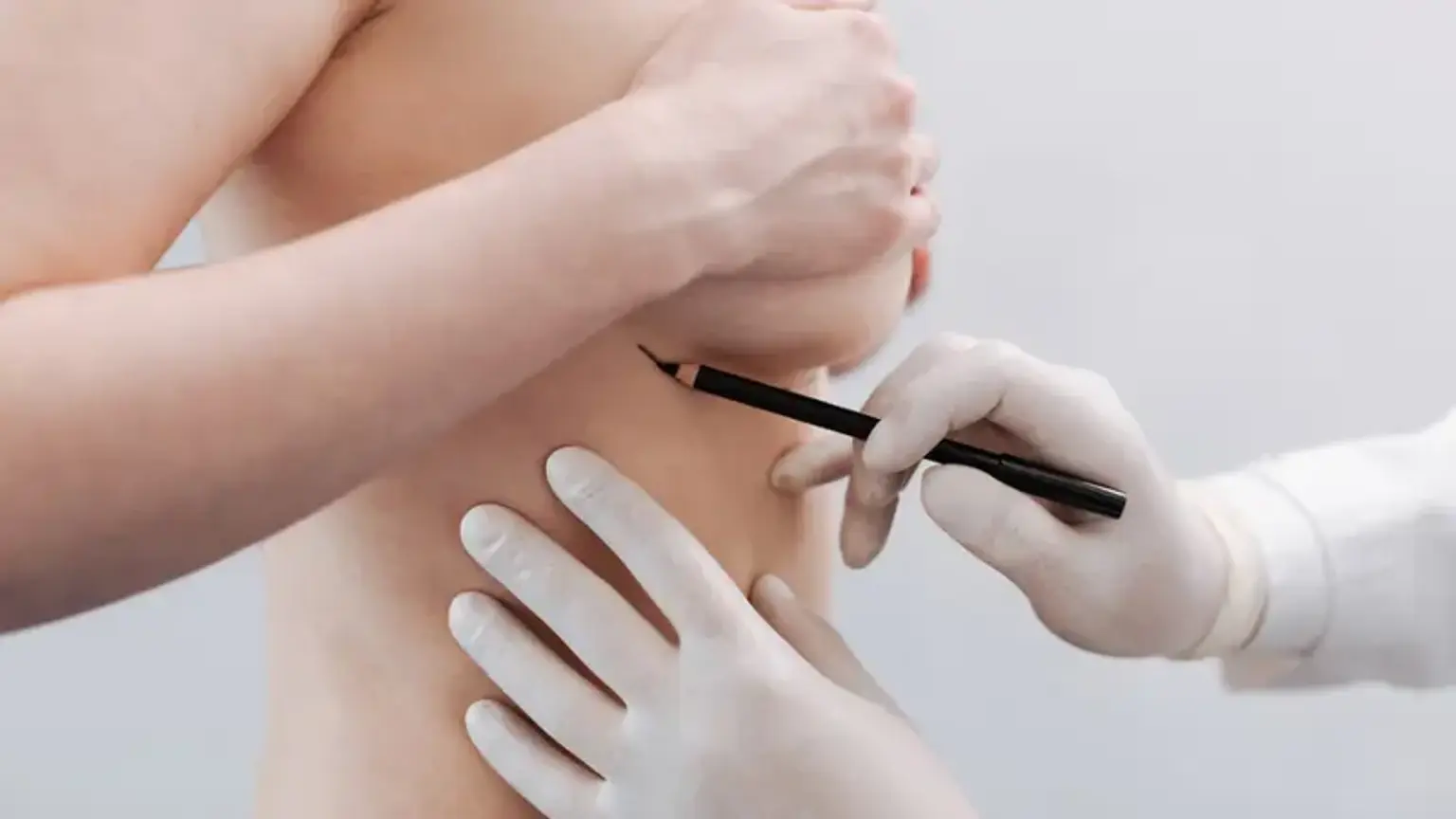Breast Reconstruction
Overview
Breast cancer is the most frequent malignancy in women and the second greatest cause of cancer mortality. The extra anxiety of a deforming operation following a cancer diagnosis plays a big role in the patient's therapy and overall psychological recovery for patients having mastectomy. Once the oncologic therapy is complete, the plastic surgeon, in collaboration with the patient and their breast surgeon, will devise a strategy to restore the patient's body image.
Breast reconstruction surgery may be chosen by women who have had surgery as part of their breast cancer treatment to restore the shape and appearance of the breast. Breast reconstruction aims to return one or both breasts to near-normal shape, appearance, symmetry, and size after a mastectomy, lumpectomy, or congenital deformity.
